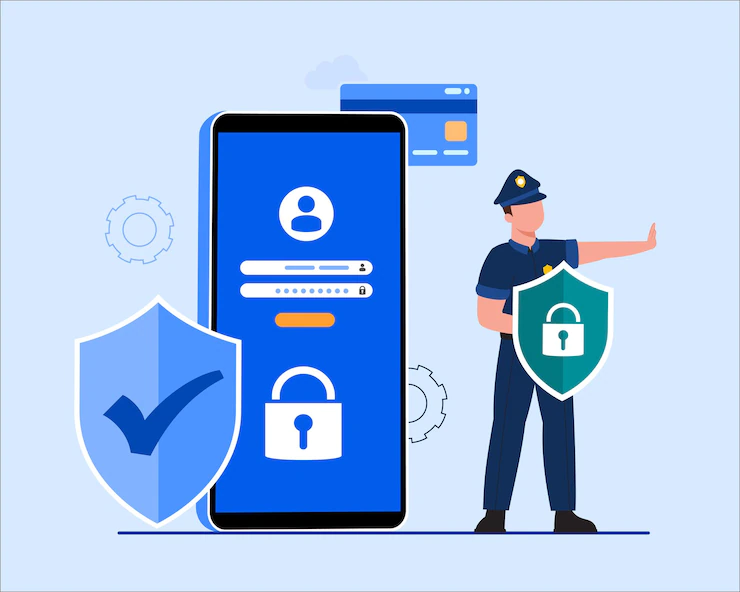The following are five critical steps in creating a security framework.
- Recognize the Key Security Architecture Principles
- Economy of mechanism: Security controls should be maintained as simple and compact as feasible to reduce complexity and the associated design and implementation problems.
- Fail-safe defaults: Access decisions should be based on permission rather than exclusion as a fail-safe default. A lack of access should be the default state.
- Complete mediation: During all phases of system operation, all objects within a system should be subject to access control rules.
- Open design: In order to preserve security, the architecture cannot rely on the design being kept hidden.
- Least privilege/privilege separation: Rights should be grouped effectively to allow only what is required for a particular context and to guarantee that potentially harmful sets of permissions are isolated.
- Categorise and classify the systems
After that, identify and categorise the systems and data that your company employs. This might be a comprehensive examination of all IT and data assets, or it could be more specifically focused on your institution’s “protect surface” of vital assets in the case of zero-trust architectures. In either instance, the goal of this effort is to assign a classification to each system and to categorise systems based on similar qualities so that common controls can be assigned.
- Comprehensive Modelling of the Entire Threat
An organisation’s data and IT assets must be considered in the context of its whole business and regulatory environment for threat modelling. It aids in the establishment of a repeatable strategy for assessing risk and identifying the highest-priority systems to examine during this phase.
- Select and establish security controls
You should have a clear idea of your top priorities for control selection after you’ve classed your systems and assessed the risks. Security controls are measures in place to guarantee that a security policy is followed or that violations are notified. Technical, administrative, and physical security controls are sometimes organised into families.
IT teams must translate security controls into technical configuration, administrative processes, or physical controls in order to successfully apply them.
- Constantly monitor, adapt, and improve the controls
Finally, a company must continuously assess and monitor the effectiveness of its security controls.
The ability to integrate with help desk and inventory systems, as well as security information and event management and log aggregation tools, is critical.
